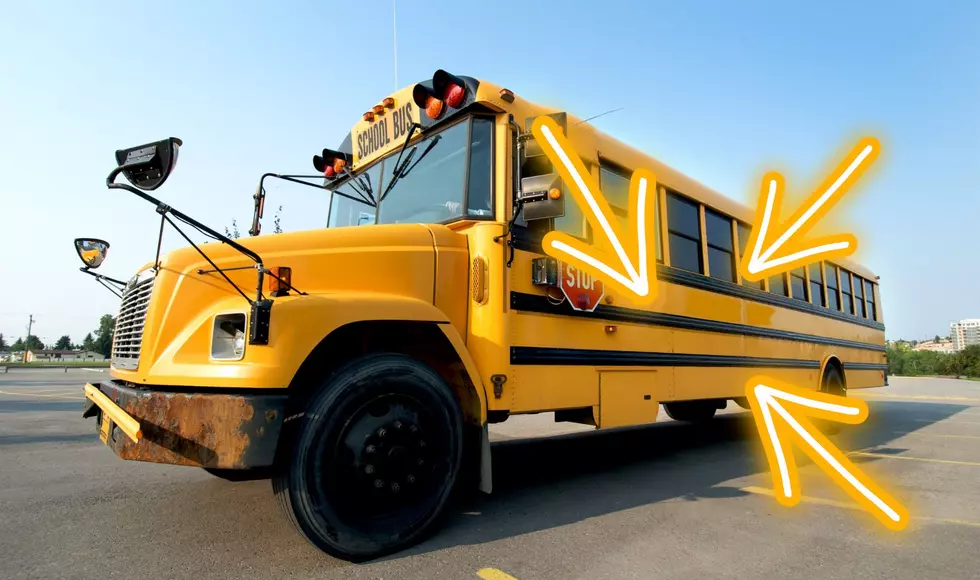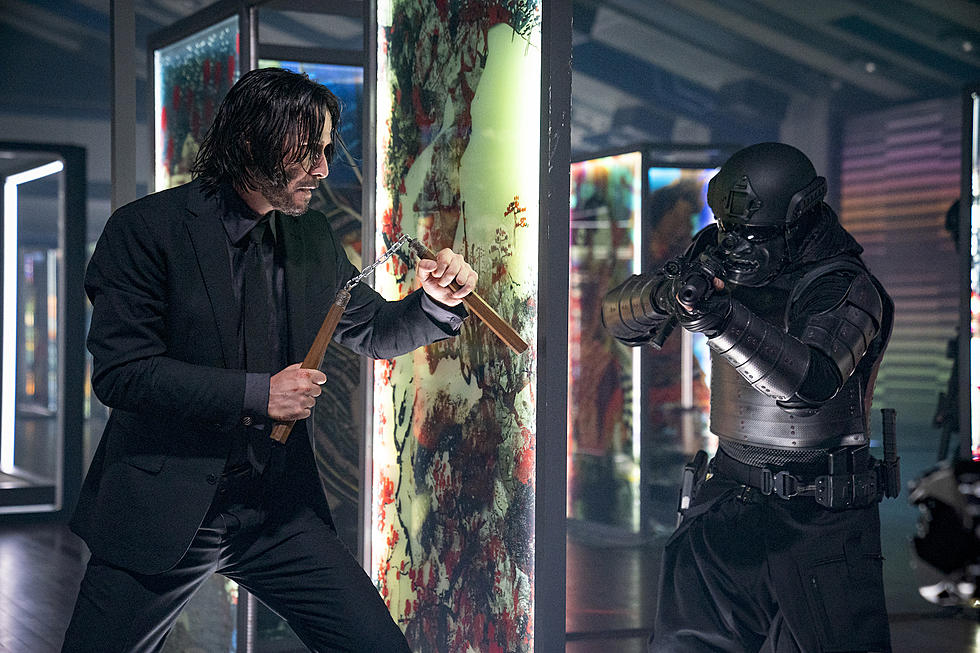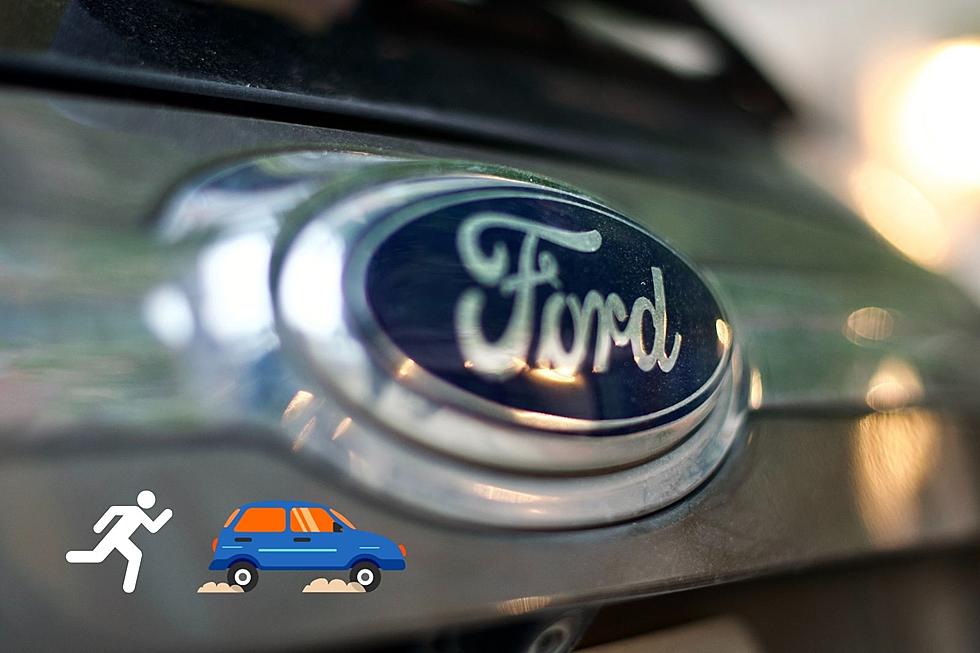
3 Bars On Michigan Originated School Buses Help Add Structure To Bus
We've spoken in the past about how Michigan, Ohio, and Illinois all helped in the creation of the modern-day school bus.
In 1915 a Chicago company was responsible for the construction of the first school bus. But a Ford dealership owner A.L. Luce produced the body for a 1927 Ford Model T school bus, which was the first to be comprised mostly of steel and would be the model after which all future school buses would be designed after.
Now when we jump forward to current school buses you may notice those three lines on the sides.
It turns out those lines aren't just a random design, but an indicator used to assist firefighters in case of an emergency. But what could they possibly offer to help assist? It turns out it's a pretty smart design idea that isn't discussed very much which is why it may be so overlooked:

Not Everything On The Internet Is True
There was a rumor circulating that the three lines on the bus lined up with the floor, seatbelt line, and top of the seats, but as Snopes pointed out, the viral meme which I recently saw on social media, is a bit misleading:
Many school buses do have stripes on the side of the bus, called "rub rails," and generally speaking, these stripes tend to line up with the floor level and seat levels inside. However, the primary purpose of rub rails is to add structure to the bus, and their precise location varies from bus to bus. While they can provide a general idea of where the floor and seats are from outside the bus, these are not exact measurements, and we have not seen any evidence that emergency crews truly rely on these stripes during an accident.
School Bus Drives Thru Wet Concrete
More From WKFR









